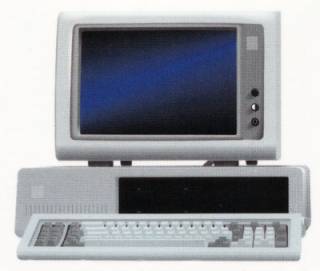Hey guys, I'm building my first PC, and using this guide our own Giant Bomber, Geno made. I am buying all the parts through Amazon, since I have Prime, and wondering that is the difference between these two motherboards:
AS Rock Z68 Extreme 3 Gen 3 & the AS Rock P67 Extreme 4 Gen 3
I'm trying to follow the guide as best I can, especially when it comes to the parts I know little about. So just wondering if I would be boned in any way by going with the P67, since it's cheaper, and more importantly, is eligible for Prime.
Thanks!

Log in to comment